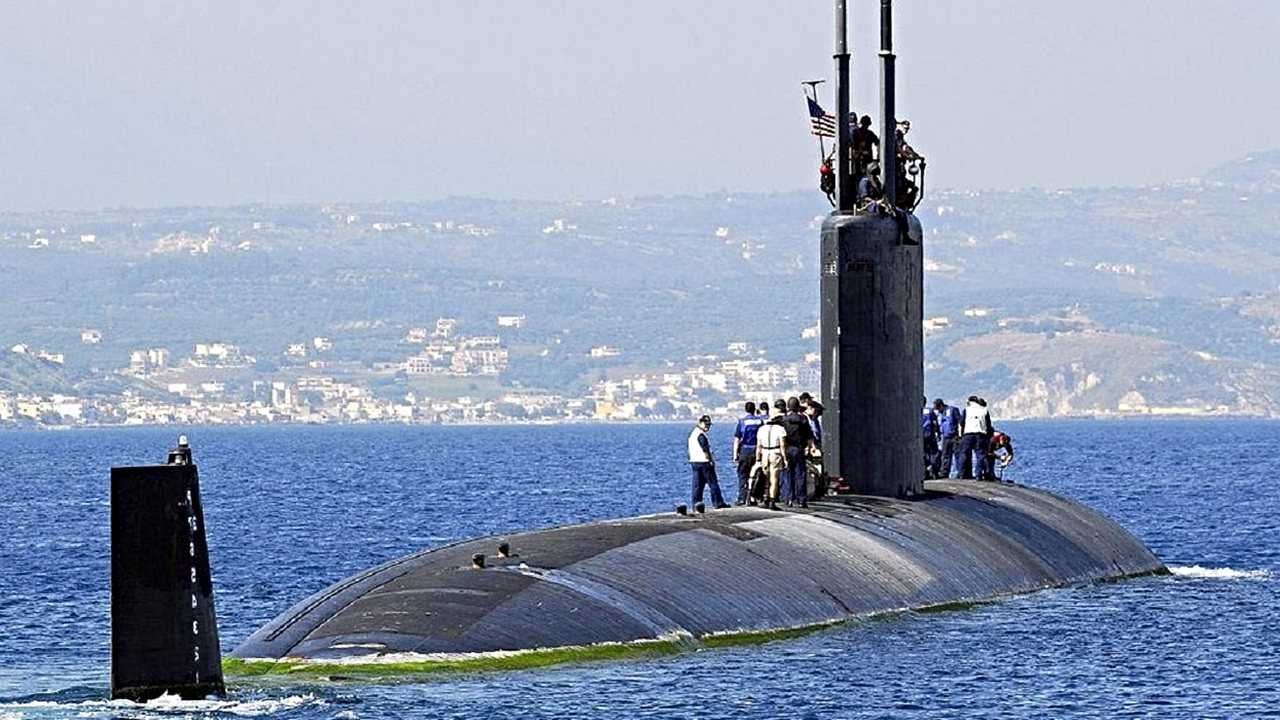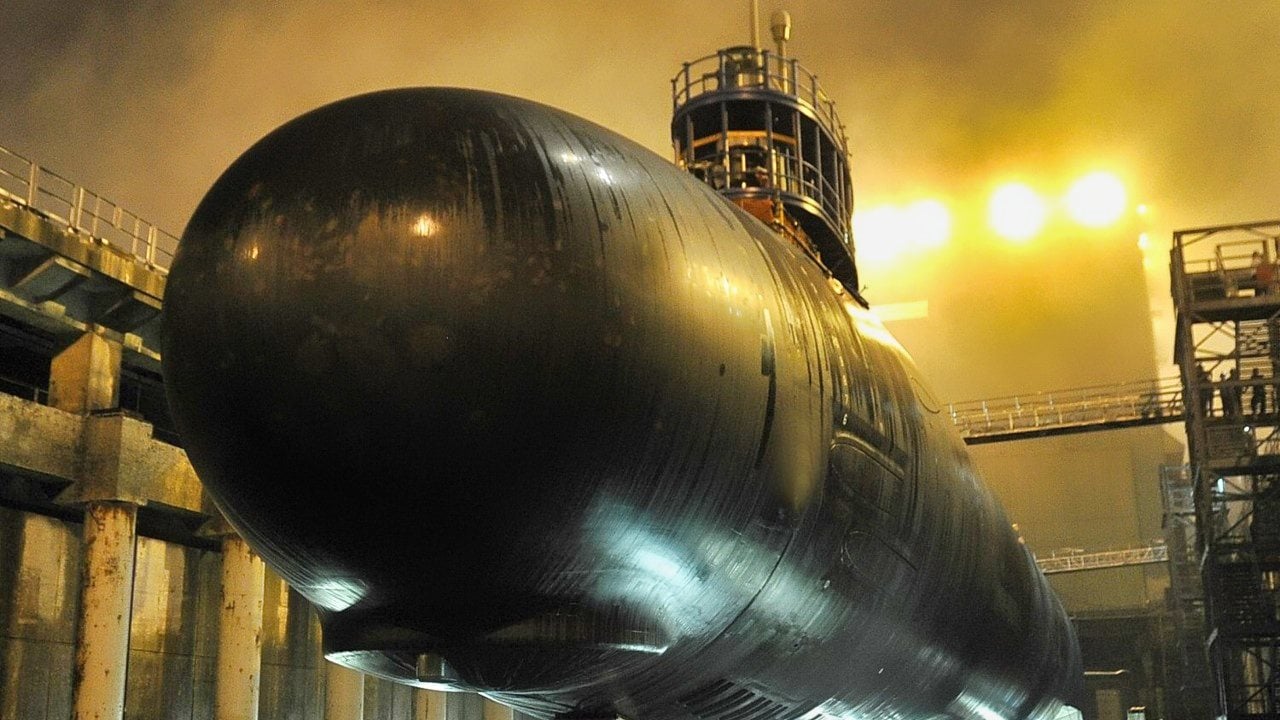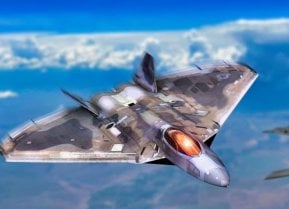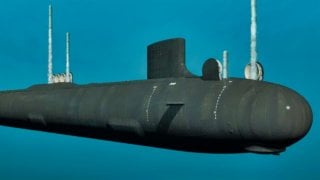Is the Age of the U.S. Navy Submarine Over?
Submarines are set to gain prominence as surface vessels become more vulnerable, but the future may see unmanned underwater vehicles (UUVs) displacing traditional manned submarines. Immense resources are being dedicated to warfighting technologies that minimize human involvement.
Summary and Key Points: Submarines are set to gain prominence as surface vessels become more vulnerable, but the future may see unmanned underwater vehicles (UUVs) displacing traditional manned submarines. Immense resources are being dedicated to warfighting technologies that minimize human involvement.

-Remotely operated and autonomous systems, already in aerospace, are extending into subsea realms.
-The U.S. Navy's current investments in manned submarines suggest that while UUVs like Northrop Grumman's Manta Ray mark advancements, a full replacement is still decades away.
-UUVs will likely be integrated further into operations, but manned submarines will remain essential for the foreseeable future.
The Rise of Unmanned Submarines: Will UUVs Replace Traditional Subs?
The submarine seems set to gain prominence in the future planning of navies as surface vessels become more vulnerable to advanced defensive measures.
But efforts to develop viable unmanned underwater vehicles could eventually result in a product that displaces the traditional manned submarine.
The Future Is Remote
Immense resources are being dedicated to the development of warfighting technologies that minimize the involvement of humans. Indeed, remotely operated and autonomously operated systems are already in service.
The most obvious examples of the pivot away from human operators come from the aerospace industry. The MQ-9 Reaper is a remotely piloted drone that has been in service for decades. Kamikaze drones like the Switchblade are being used abundantly in Ukraine. The F-16, a manned fighter jet, was recently successfully tested with a remote pilot.
Various sixth-generation fighter development programs all strive to incorporate an unmanned feature. The NGAD sixth-generation program is expected to feature an unmanned component and a set of autonomous drone wingmen.
As Elon Musk pointed out, the era of the fighter pilot is ending as the remote pilot, or drone, takes charge. Could the era of the submariner follow a similar trajectory?
The incentives to develop remotely piloted fighting systems are powerful. Most obviously, these systems remove the possibility that human life will be lost in operating the system. Governments are less likely to be criticized for engaging in combat if human lives are not at risk, meaning the possibilities for engagement expand.
Further, human operators are incredibly expensive. They require training, sustenance, housing, healthcare, and pensions. Removing the human operator is simply cheaper in the long term.
The incentives to develop autonomous fighting machines are powerful, too. They remove humans from the decision-making process. Humans can be complicated (importing ethics, logic, and bias to their decisions), and they are consistently error-prone. Drones, however, can be calibrated to an algorithm and hence expected to perform in a consistent and predictable way.

Given such powerful incentives, the development of remote and autonomous systems will continue, and it will expand into realms beyond aerospace. Indeed, unmanned projects are already underway in the subsea realm. In May 2024, Northrop Grumman revealed the Manta Ray, an underwater drone built for DARPA. The Manta Ray marked a clear step forward in UUV technology, suggesting a future in which drones could replace submarines. But it is a relatively small and simple machine. Manned submarines are massive, complex systems requiring dozens of sailors to operate. The day when a drone can fully replace a submarine is likely decades and decades away.
The U.S. Navy is currently investing in new submarines that will remain in service for up to 50 years. Even as it does this, the Navy is already planning for more advanced submarines to be built in the 2040s, and these, again, will operate for decades. So while UUV development will continue, and UUVs will likely be integrated further into naval operations, don’t expect a full one-to-one replacement of UUVs for manned submarines in the near future.
About the Author: Harrison Kass
Harrison Kass is a defense and national security writer with over 1,000 total pieces on issues involving global affairs. An attorney, pilot, guitarist, and minor pro hockey player, Harrison joined the US Air Force as a Pilot Trainee but was medically discharged. Harrison holds a BA from Lake Forest College, a JD from the University of Oregon, and an MA from New York University. Harrison listens to Dokken.
All images are Creative Commons.


